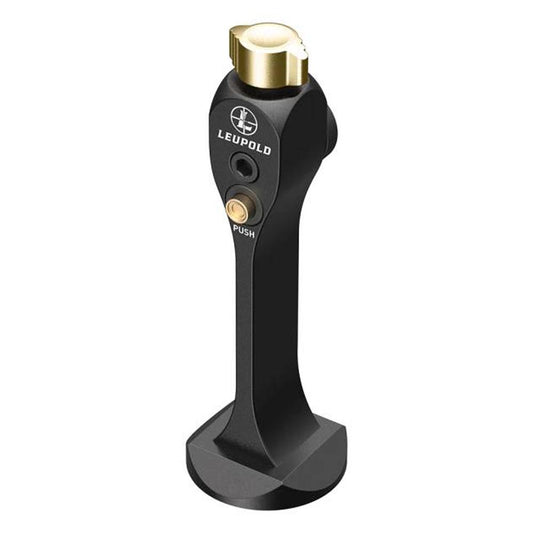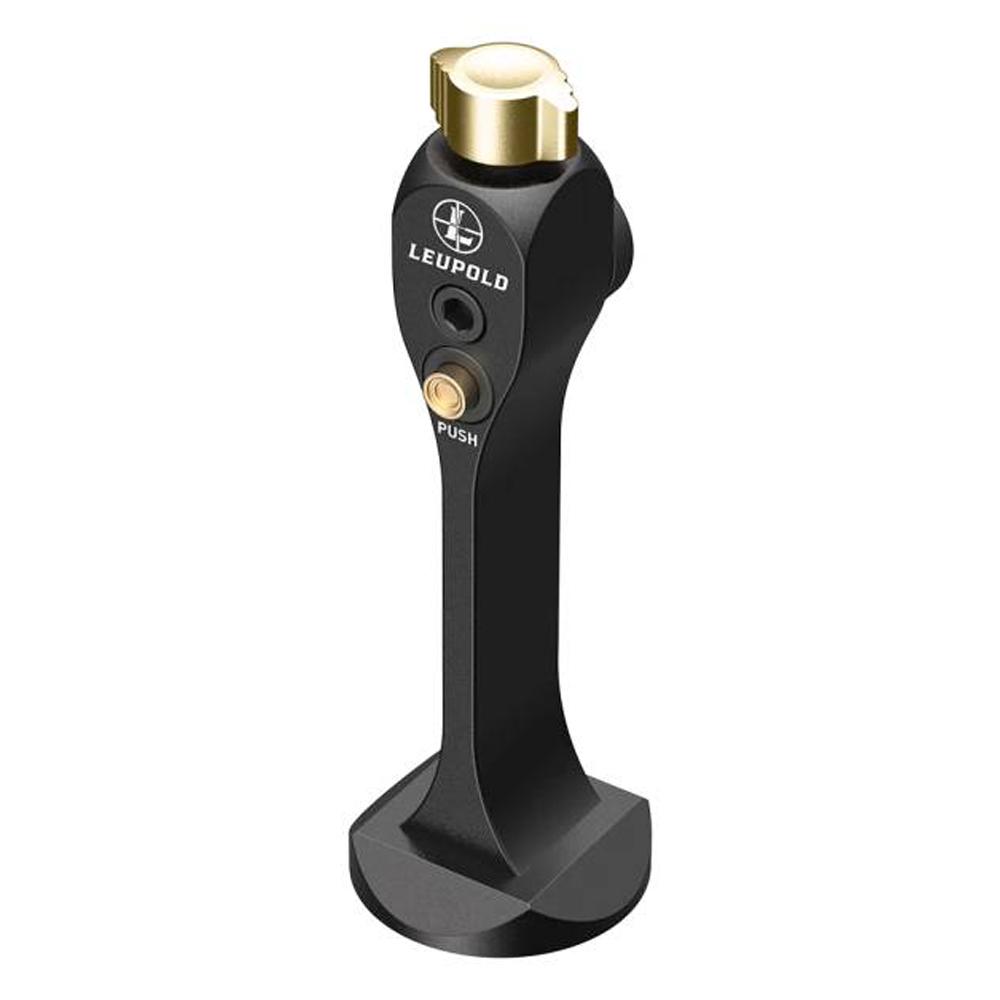

Leupold Quick-Stem Binocular Tripod Adapter allows for stable and secure mounting of your binoculars on a tripod, enhancing your viewing experience during birdwatching, sporting events, or nature observation. This adapter is designed for quick attachment and detachment, making it easy to switch from handheld to tripod use without missing a moment. Constructed with durable materials, it ensures a reliable connection that withstands outdoor conditions, giving you peace of mind while you enjoy your adventures.
With a lightweight design, this adapter won’t add significant weight to your gear, making it suitable for long hikes or extended outings. Its adjustable height provides versatility for different viewing angles, ensuring comfort and ease of use. Compatible with most binoculars, the Leupold Quick-Stem is an essential accessory for anyone looking to improve their observational capabilities.
Key Features:
- STABLE MOUNTING for steady viewing, reducing hand fatigue during long observation sessions.
- QUICK ATTACHMENT allows for swift transitions from handheld to tripod, ensuring you never miss a moment.
- DURABLE CONSTRUCTION withstands outdoor conditions, providing reliability in various environments.
- LIGHTWEIGHT DESIGN minimizes added weight to your gear, making it ideal for extended use.
- ADJUSTABLE HEIGHT offers flexibility for different viewing angles, enhancing comfort during use.
- UNIVERSAL COMPATIBILITY fits most binocular models, providing versatility for all users.
- PORTABLE SIZE enables easy transport in your gear bag or backpack, perfect for on-the-go adventures.
- USER-FRIENDLY design ensures simple setup and operation, making it accessible for all skill levels.
Technical Specifications Table
| Feature | Details |
|---|---|
| Weight | 0.25 lbs |
| Material | Durable Aluminum |
| Compatible Binoculars | Most Standard Models |
| Height Adjustment | Variable |
| Mounting Type | Quick-Connect Stem |
| Dimensions | 3.5 x 2 x 1.5 inches |
What's in the Box?
- Leupold Quick-Stem Binocular Tripod Adapter
- Instruction Manual
Customer Reviews
“This adapter made my birdwatching experience so much better. Sturdy and easy to use!”
“Lightweight and effective. I love how quickly I can switch to tripod use.”
“A must-have for anyone serious about their binoculars. Highly recommend!”
FAQ
How does the Quick-Stem adapter improve performance? The Quick-Stem adapter provides a stable platform for your binoculars, minimizing shake and allowing for a clearer view, especially during extended observations. This stability is particularly noticeable during low-light conditions or when observing distant subjects.
Is this adapter compatible with all binoculars? While the Leupold Quick-Stem is designed to fit most standard binocular models, it is always advisable to check the specifications of your binoculars. The quick-connect design allows for versatility, making it a functional addition to your outdoor gear.
How do I maintain the Quick-Stem adapter? To maintain optimal performance, regularly check for wear and tear on the connection points. Clean the adapter with a dry cloth and store it in a cool, dry place when not in use. Avoid exposing it to extreme temperatures to prolong its lifespan.
Similar Models
Looking for more tripod accessories? Explore our range of Leupold products, including the Leupold Pro Guide HD Tripod for enhanced stability and the Leupold Compact Tripod for portability. Browse our complete collection to find everything you need for your outdoor adventures.
You May Also Like
Here’s some of our most similar products people are buying. Click to discover trending style.






